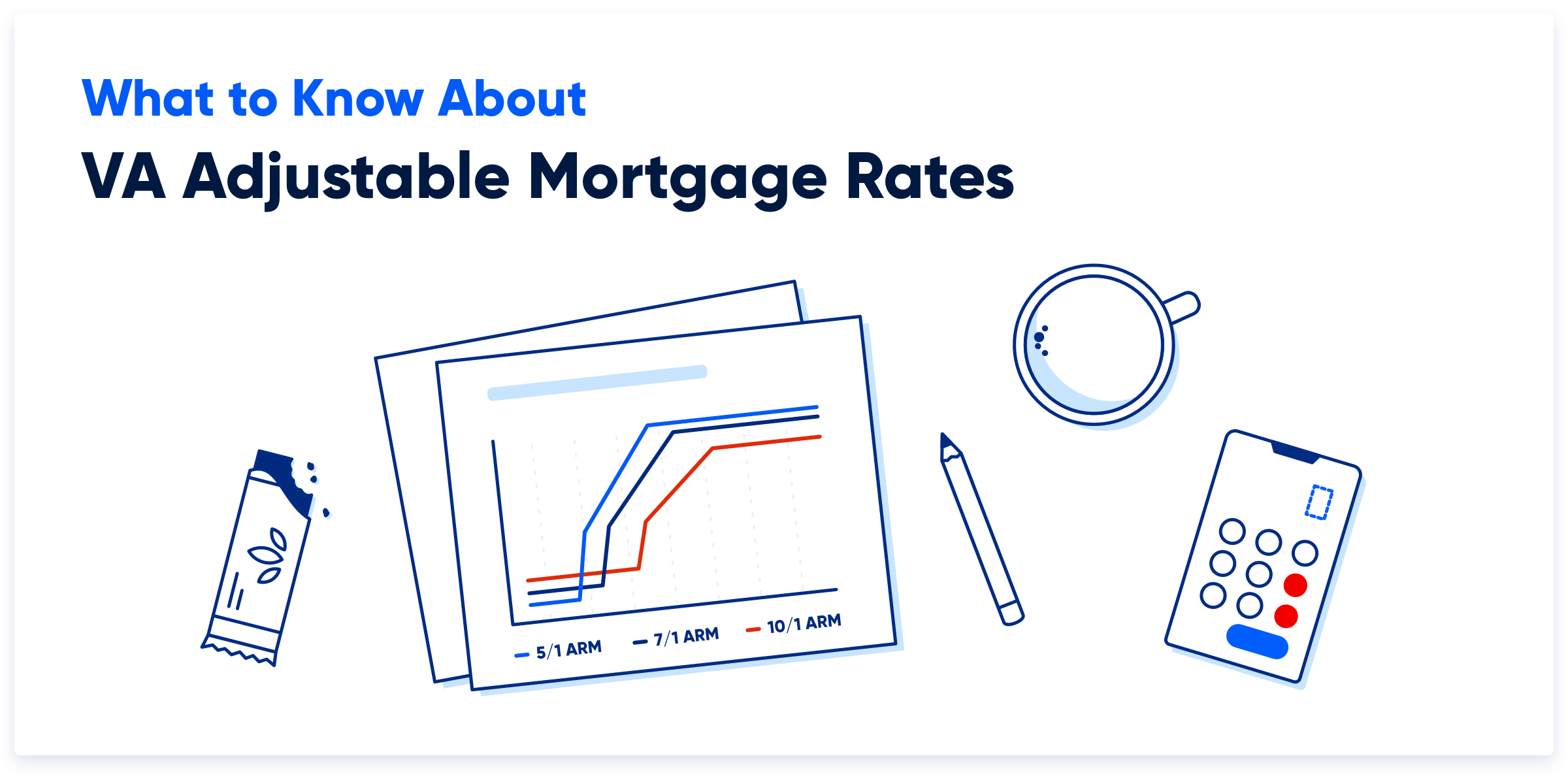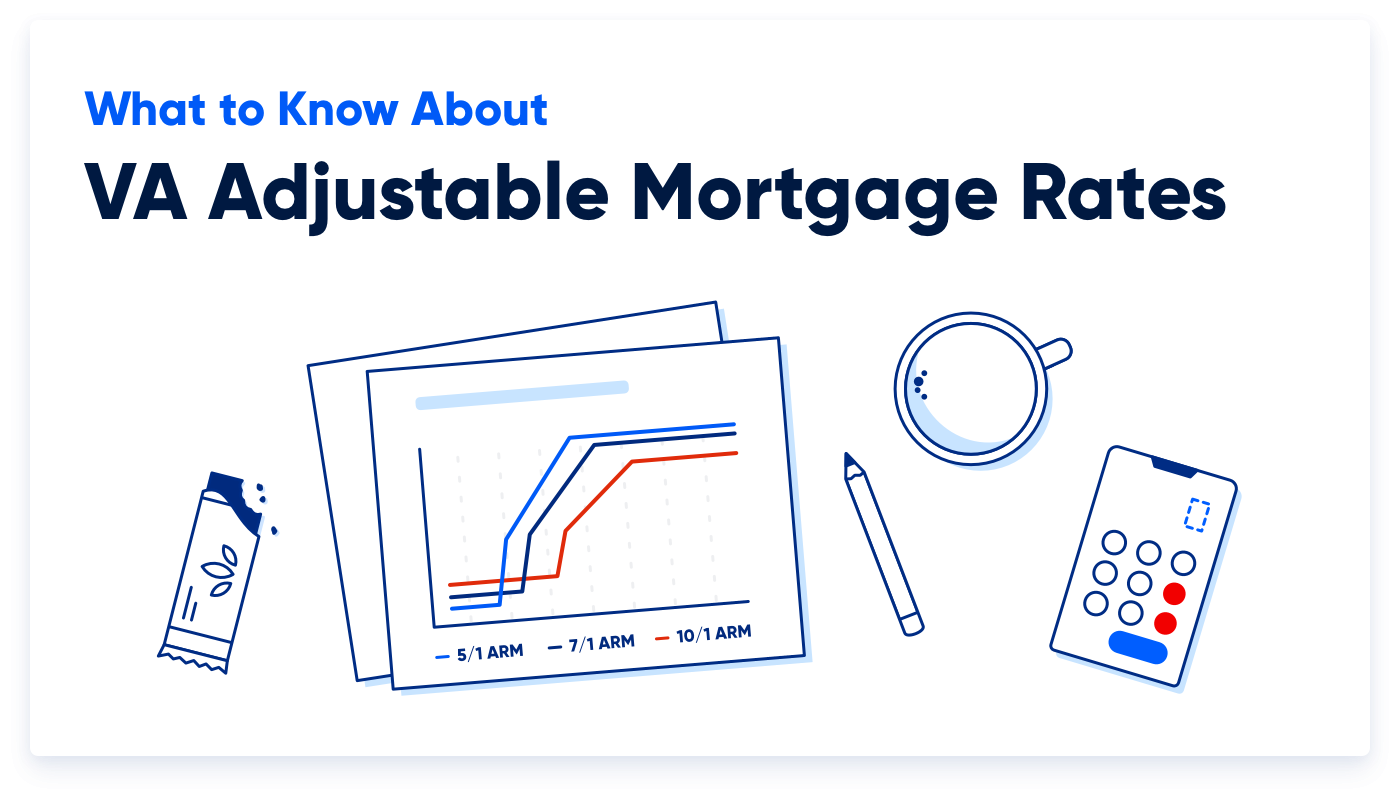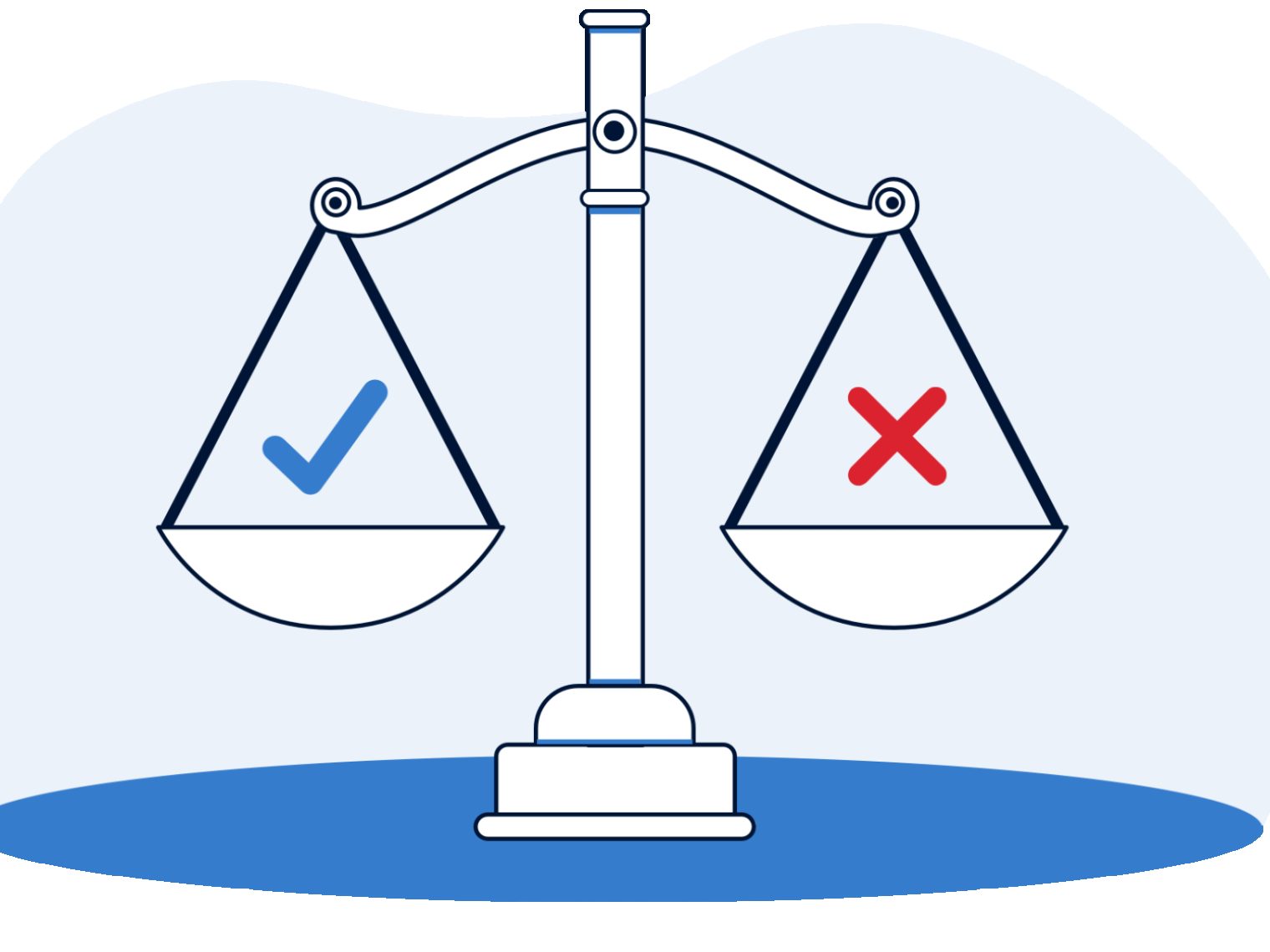VA adjustable-rate mortgages (ARMs) haven't seen much demand in recent years. However, rising interest rates have homebuyers searching for VA ARMs again.


The odds are you haven't heard much about VA adjustable-rate mortgages (ARMs) in the last few years. However, the popularity of this product is increasing again with the current rate environment.
A VA ARM can make good financial sense for some borrowers, especially those still serving. Below, we dive into VA ARMs and what borrowers should know about this mortgage product when purchasing a home.
What is a VA Adjustable-Rate Mortgage (ARM)?
A VA adjustable-rate mortgage (ARM) is a home loan backed by the US Department of Veterans Affairs with a variable interest rate that may change over time.
VA borrowers actually have a built-in advantage when it comes to ARMs. Government-sponsored loan programs are more restrictive, which minimizes risk for Veterans and military families without limiting their options. However, there’s inherently more risk in an ARM than with a fixed-rate mortgage, which has the same interest rate for the life of the loan.
But ARMs might be a savvy fit for homebuyers who don’t plan on staying in one place for too long. And if anyone knows about frequent relocation, it’s military homebuyers.
Factors That Affect VA ARMs
Breaking down what all affects a VA ARM loan can help you as a borrower understand how your specific loan works. Here is a brief overview of what makes up a VA adjustable-rate mortgage:
- Interest rate index: A benchmark or reference rate used to determine the interest rate charged on the loan.
- Margin: The additional interest rate added to the index rate to determine the final interest rate charged on the loan.
- Initial fixed-rate period: The specific duration during which the interest rate remains constant before potentially adjusting.
- Adjustment cap: The limit to the amount the interest rates can increase or decrease during specified adjustment periods.
- Index lookback period: The timeframe in which the lender evaluates the financial index that determines the interest rate, typically the average rate over a specific number of months prior to the adjustment date.
- Rate adjustment frequency: The frequency at which the interest rate on a mortgage loan can change, typically determined by the terms of the loan agreement.
It's important to note that the terms and conditions of VA adjustable-rate mortgage loans can vary among lenders, so borrowers should carefully review and understand the specific terms offered by their chosen lender before committing to a loan.
Types of VA ARMs
VA adjustable-rate mortgages offer flexibility and potential advantages for many homebuyers. There are several types of ARMs for VA loans to help meet borrowers' needs.
| ARM Type | Description |
|---|---|
| 5/1 | Provides a fixed interest rate for the first five years, offering stability and predictable payments. After the initial period, the rate adjusts annually. It suits those planning to sell or refinance within a few years or those expecting changes in income or financial situations. |
| 7/1 | With a longer fixed-rate period of seven years, this loan provides an extended period of payment stability. After seven years, the interest rate adjusts annually. It's ideal for those who desire a longer initial fixed-rate and anticipate future changes or increased financial stability. |
| 10/1 | Offers the longest fixed-rate period, providing a full decade of predictable payments. After the initial ten years, the interest rate adjusts annually. It appeals to borrowers seeking long-term stability who may have confidence in their future financial |
It's important for borrowers to consider their unique circumstances and financial goals when choosing a VA ARM. Veterans United only finances fixed-rate mortgages with 15, 20, 25 or 30-year terms. We currently do not offer adjustable-rate mortgages. Consulting with a knowledgeable lender can help borrowers select the most suitable option based on their needs and financial outlook.
VA Hybrid ARM
VA ARM loans are generally offered as hybrid loans. These have a fixed interest rate for a certain period before becoming eligible for annual adjustments. This period allows homeowners to settle into their new property without worrying about interest rate fluctuations.
Once the initial fixed-rate period ends, the loan transitions into an adjustable rate. The interest rate is then recalculated at predetermined intervals, such as annually or semi-annually.
For example, a 5/1 VA hybrid ARM features a fixed interest rate for five years and then reverts to the traditional setup. That period of fixed interest gives borrowers an initial degree of certainty regarding their payment.
For homeowners who expect to move or refinance before the adjustable period begins, VA hybrid ARMs can be an attractive option. They provide an opportunity to enjoy the benefits of a lower fixed rate initially while taking advantage of potential market changes or financial growth.
VA ARM Requirements
When considering a VA adjustable rate mortgage, there are requirements borrowers need to meet. Here's a list of common financial requirements lenders look for when trying to get a VA ARM:
- Creditworthiness: While the VA sets no specific credit score requirement, lenders typically look for a solid credit history with a satisfactory credit score, usually around 620.
- Income and employment stability: Lenders review employment history and income stability, which may require verification through pay stubs, W-2 forms, or tax returns.
- Debt-to-income ratio (DTI): This ratio is a comparison of monthly debt obligations to gross monthly income. VA guidelines generally recommend a maximum DTI ratio of 41%, although some lenders may accept higher ratios with compensating factors.
- Loan-to-value ratio (LTV): This compares the loan amount to the appraised value of the property. While there is no maximum LTV ratio specified by the VA for ARMs, lenders often prefer lower ratios. This indicates a lower risk for the lender and may result in more favorable loan terms.
It's worth noting that these requirements can vary between lenders, and some lenders may have additional criteria or overlays. Borrowers must also meet VA eligibility and minimum property requirements. Working with a knowledgeable VA-approved lender is crucial to understanding and meeting the requirements.
How Do VA Arms Compare to Fixed-Rate Mortgages?
Fixed-rate mortgages feature a consistent interest rate for the life of the loan. If you lock and close at 6.75 percent, you'll have that same rate 15 or 30 years down the road (provided you don't refinance). There are clear advantages, namely the certainty that your rate won't change despite what's happening in the overall economic environment.
The flip side is that if interest rates fall sharply. Your fixed rate might wind up being higher than what many new homebuyers are enjoying. At that point, the only way to capitalize on those lower rates is to refinance, which will cost you money.
How To Calculate Your VA ARM Payments
Calculating VA adjustable-rate mortgage payments can be straightforward and offers potential advantages for borrowers. Here is a list of steps Veterans United has complied to help with your ARM monthly payment:
1. Start by gathering the necessary loan details: This includes the loan amount, the interest rate during the fixed-rate period, the length of the fixed-rate period and the adjustment caps specified in the loan terms.
2. Calculate the fixed-rate payment: To calculate this payment, use a standard loan payment formula that takes into account the loan amount, fixed interest rate and loan term.
3. Understand the adjustment period: Take note of the adjustment period specified in the loan terms, which indicates how often the interest rate and subsequent payments may change.
4. Prepare for rate adjustments: As the interest rate adjusts, it's important to be aware of the adjustment caps and how much your rate can increase or decrease in each period.
5. Monitor market changes: While adjustments introduce the potential for rate changes, it's essential to stay informed about market conditions. Keeping an eye on interest rate trends allows you to anticipate potential payment changes and plan accordingly.
When calculating VA ARM payments, it's advisable to consult with a qualified VA lender or use a VA mortgage calculator tailored to adjustable-rate mortgages. These resources can help you estimate monthly payments accurately and better understand how your payments may fluctuate over time.
Related Posts
-
 VA Renovation Loans for Home ImprovementVA rehab and renovation loans are the VA's answer to an aging housing market in the United States. Here we dive into this unique loan type and the potential downsides accompanying them.
VA Renovation Loans for Home ImprovementVA rehab and renovation loans are the VA's answer to an aging housing market in the United States. Here we dive into this unique loan type and the potential downsides accompanying them. -
 Pros and Cons of VA LoansAs with any mortgage option, VA loans have pros and cons that you should be aware of before making a final decision. So let's take a closer look.
Pros and Cons of VA LoansAs with any mortgage option, VA loans have pros and cons that you should be aware of before making a final decision. So let's take a closer look.
